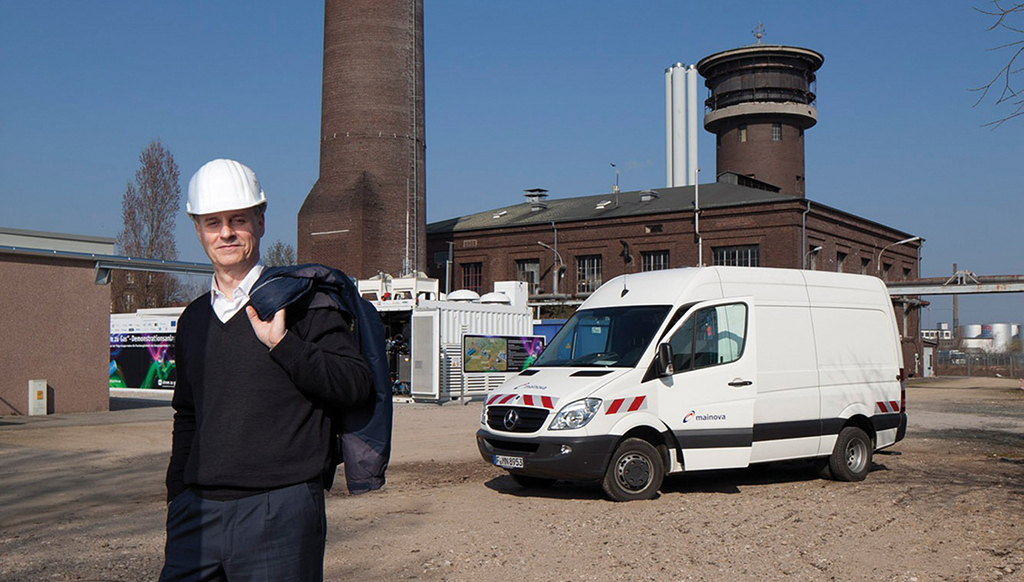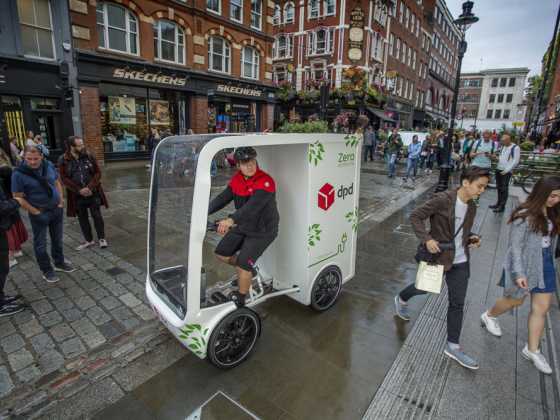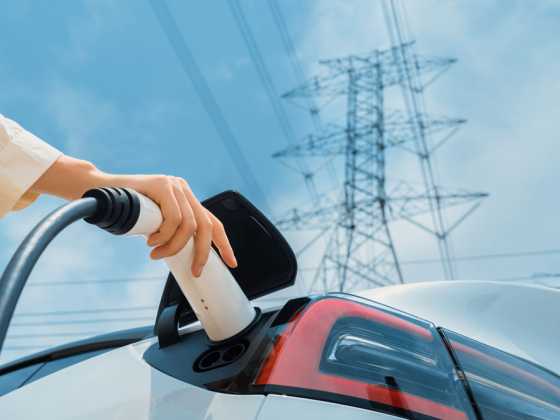More options for zero emissions

The £23 million government fund to develop hydrogen vehicles and infrastructure will go some way towards providing a national coverage of hydrogen refuelling stations that should widen the scope of zero emission vehicles, writes Amanda Lyne, chair of the UK Hydrogen and Fuel Cell Association
The UK has committed to reducing greenhouse gas emissions to 80 per cent below 1990 levels by 2050, and aims to for almost every car to be zero emission by 2040. Hydrogen not only represents an excellent route to delivering against these targets, but also offers a range of complementary benefits: hydrogen‑fuelled vehicles require very little change of behaviour by the driver; the cars are filled in five minutes, filling up at a conventional forecourt and generally requiring little or no change to vehicle use habits.
Importantly for the UK’s energy system, the hydrogen can be sourced or made from a variety of locally generated routes, off peak, which will complement renewable electricity generation, and avoid the significant adverse impacts on the national grid and local electricity distribution networks.
Hyundai, Toyota and Honda already have Fuel Cell Electric Vehicles (FCEVs) in production, with Kia, Nissan, BMW, Audi and Mercedes Benz intending to roll out their vehicles by 2020.
Types of hydrogen fuelled vehicles
There are a range of hydrogen fuelled vehicles currently available in the UK. Fuel cell passenger cars (OEM supplied or niche vehicles) are 100 per cent hydrogen powered – owned by a range of public sector, commercial operators and private individuals.
There are also passenger car derived electric vans with fuel cell range extension, mainly electric with small “top-up” quantities of hydrogen, owned as above.
Fuel cell buses are also available. They are 100 per cent hydrogen powered – owned and operated either by local transport authorities or commercial operators.
Large vans (1.8-3.5 tonne class) exist with dual fuel hydrogen and diesel and are owned and operated by the public sector or companies.
Finally there are heavy duty goods vehicles (including refuse trucks) which are dual fuel hydrogen and diesel.
Fleets already using hydrogen‑fuelled vehicles include Green Tomato Cars (a London taxi firm), Commercial Group (a business service specialist), Europcar (a car rental company) Transport for London (TfL), and various local councils.
To date there are over a dozen public access refuelling stations for hydrogen, including Cobham Services on the M25 and several others around Greater London, and as far North as Aberdeen, with Fife, Sheffield, Swindon and South Wales in between.
£23m to develop hydrogen vehicles and infrastructure
While vehicle numbers are low, and the awareness for hydrogen as an alternative to long range BEV is at its early stage, support is needed to help build sufficient infrastructure to make hydrogen a more natural choice for operators.
Doing just that, the Office for Low Emission Vehicles (OLEV) recently launched a £23 million Hydrogen Transport Programme. Its aim is to expand the network of hydrogen refuelling stations (HRS) in parallel with the deployment of fuel cell vehicles.
The programme is being taken forward via open competition for both HRS and hydrogen fuel cell vehicles, and the funding will be released in two stages. Stage 1 opened on 17 August, and closes on 16 October 2017.
The first stage will commit £9m to 50:50 match fund around seven new HRSs to be completed in 2018/19, plus captive fleets.
The second stage will commit £14 million to fund up to ten new HRSs plus captive fleets.
It is anticipated that the funding will be issued between November 2017 and May 2019. These additional stations will go some way towards providing a competitive national coverage for hydrogen infrastructure that should widen the scope of zero‑emission vehicles, for many more journeys.
What does the future hold?
Hydrogen is the only energy vector that is able to link a diverse range of energy generation sources with the various components of energy demand. Hydrogen will provide the flexibility, connections and networks to make the new energy system work cleanly and cost effectively, through short term and long term (seasonal) renewable energy storage, clean fuel for transport, decarbonised heat and beyond.
As such, it offers a wide range of benefits, not only as a transport solution, but across the energy system as a whole.
As an example, at present over 1TWh of renewable electricity is being curtailed in the UK and this will increase as wind / solar penetration increases, due both to Transmission & Distribution constraints and growing grid stability concerns.
If electrolysers were deployed to help utilise rather than waste this renewable electricity, then significant contributions could be made to the heat and mobility sectors. For example, 1TWh of electricity produces nearly 18,000 tonnes of hydrogen, which is sufficient to fuel 90,000 FCEVs each travelling 12,000 miles per year, while causing zero local emissions and carbon dioxide.
This represents a more optimal solution than the use of batteries to store energy for use in traditional power applications, because the electrolyser operating profiles can better follow the surpluses of renewable electricity as they occur.
By comparison, BEVs use electricity from the grid. This puts immense pressure on grid capacity. A recent study by the Green Alliance warned that as few as six electric vehicles located near one another could lead to local grid brown-outs.
The UK Hydrogen and Fuel Cell Association (UK HFCA) believes that hydrogen vehicles will play a significant role in driving the ultra low emission revolution.
Unlike BEVs, with sufficient refuelling stations, they do not cause range anxiety to drivers, they do not require behavioural change and do not compromise the stability of the electricity grid.
A ‘technology neutral’ approach to the Ultra Low Emission Vehicle (ULEV)agenda from the government will help to ensure that hydrogen can fulfil its promise and deliver benefits for consumers, the environment, the economy and energy security.






